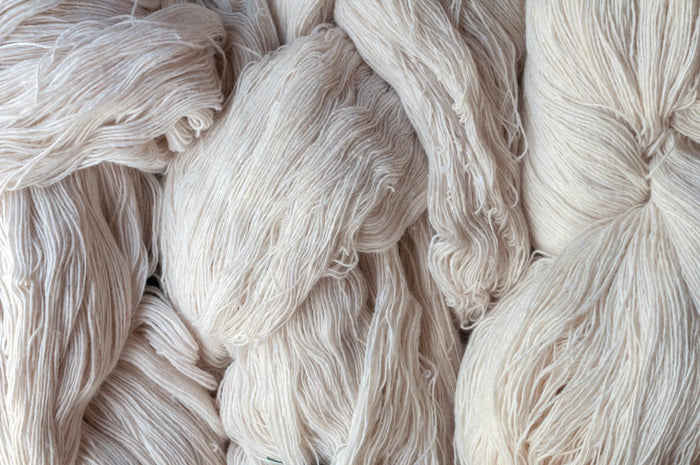Sourcing wood pulp to produce viscose has been identified as a major driver in global deforestation. Additional environmental abuses are seen further down the supply chain, as the production process is highly chemically intensive. There is clear evidence that viscose manufacturers are dumping untreated wastewater, leading to contamination of lakes and waterways (1).
Why We Choose Not To Use Conventional Viscose
- Over 200 million trees are logged every year and turned into cellulosic fabric such as viscose. Viscose production doubled between 2013 and 2020 and pulp production for packaging is expected to increase by 3.5% per year until 2030 (2 + 3).
- The toxic and endocrine-disrupting chemical carbon disulphide, still widely used in the production of viscose, has been linked to numerous severe health conditions, most notoriously its capacity to cause insanity in factory workers but also illnesses ranging from Parkinson’s disease to heart attack and stroke (4).

























